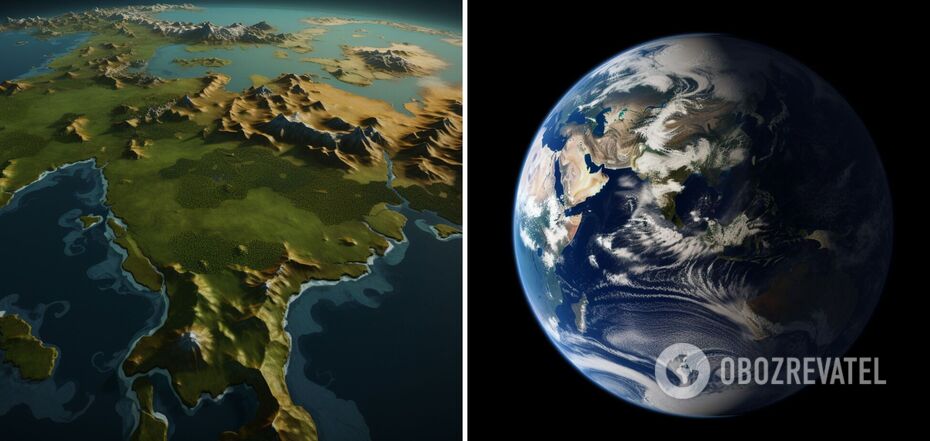Life
There is an eighth continent on Earth, the existence of which was foreseen in antiquity: now scientists have evidence
Mankind believes it knows the planet it has lived on for millennia quite well. At least as far as the continents are concerned, we know more than for sure. However, we are probably all very wrong in thinking that there are only seven continents on Earth.
The publication IFLScience tells us about the eighth continent, which is called Zealandia. About it is still quite little known, since most of it is underwater.
The hypothesis of such a continent was still on the old maps. In particular, on the mappa mundi - whose main purpose was not to show the geography of the world, but to depict the world according to the Christian universe. The problem with these maps was that on them the real world coexisted with the mythological and hypothetical world, so that it is difficult for modern scholars of these maps to understand what the creators saw and what they fantasized.
One example was Terra Australis Incognita. This was believed to be a large continent that occupied a large part of the Southern Hemisphere and in some way balanced the picture of the world that explorers saw in the Northern Hemisphere. In essence, Terra Australis was supposed to exist to keep the world in balance.
The continent was first mentioned in antiquity, and then began to appear more and more frequently on many medieval and early modern maps. The famous James Cook even tried to find it. But his search proved futile. And there was probably a good reason for that.
In 2017, researchers said that the eighth continent sob exists. It's just that you have to look for it underwater.
Zealandia (Te Riu-a-Maui in the Maori language) is a huge land mass, almost completely submerged underwater in the southwestern Pacific Ocean. Its area is about 5 million square kilometers, which is about two-thirds of Australia.
The first evidence for the continent's existence was provided by the Scottish naturalist James Hector, who suggested that New Zealand was "the remains of a mountain chain which formed the crest of a great continental area extending far to the south and east, and which is now submerged."
In 1995, the journal American Geophysicist again pointed out that New Zealand was on a continent and suggested that it be called Zealandia.
There was particular interest in finding this continent when there was a whiff of money. It was that the United Nations had enacted the Law of the Sea Convention, which provided that a country could claim as its legitimate territory any land extending from its exclusive economic zone and land that was part of its "extended continental shelf," as well as any resources to be discovered there. New Zealand thus had good reason to explore the surrounding region. Rocks have been analyzed, and satellite data has been accumulated to confirm the existence of the continent.
However, it is still very little explored. The main problem is that it is under nearly a kilometer of water.
Scientists believe that Zealandia was once part of the supercontinent Gondwana, but about 85 million years ago tectonic forces split the supercontinent apart to form the Tasman Sea.
However, experts do not know whether Zealandia was ever above water or has always been submerged. This question is significant because the continent's above-water existence may hint at previously unknown species of wildlife whose remains may still be on the bottom.
Earlier OBOZREVATEL also told about the fact that Africa will split into two parts, and a new ocean will arise on Earth.
Subscribe to OBOZREVATEL channels in Telegram and Viber to be aware of the latest events.





























